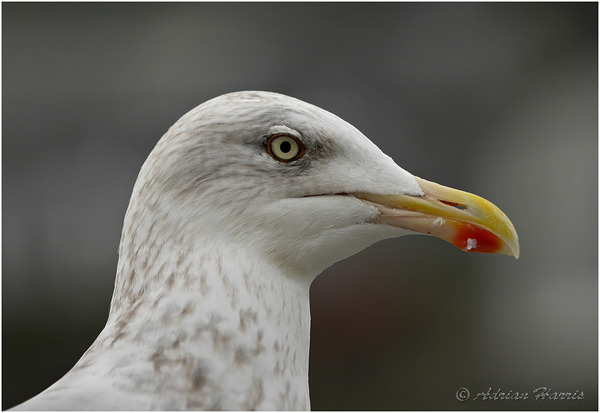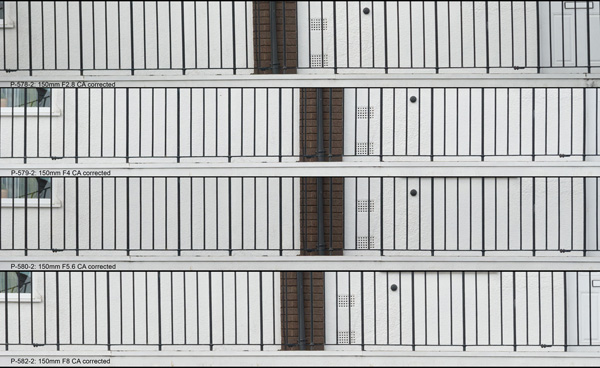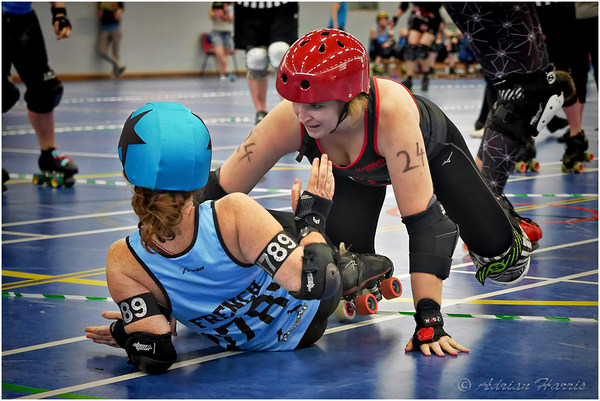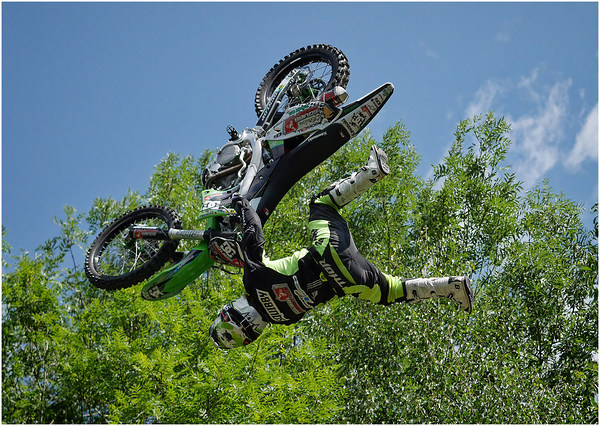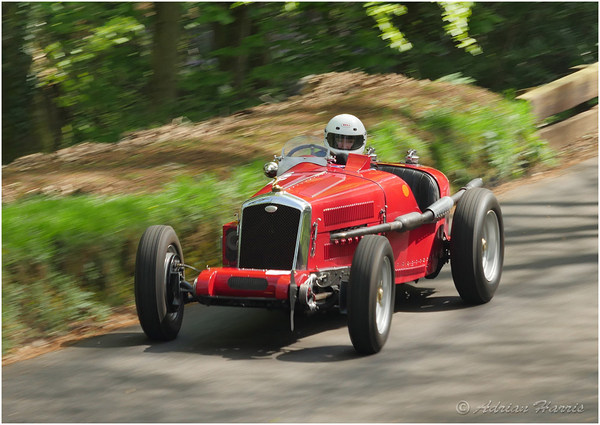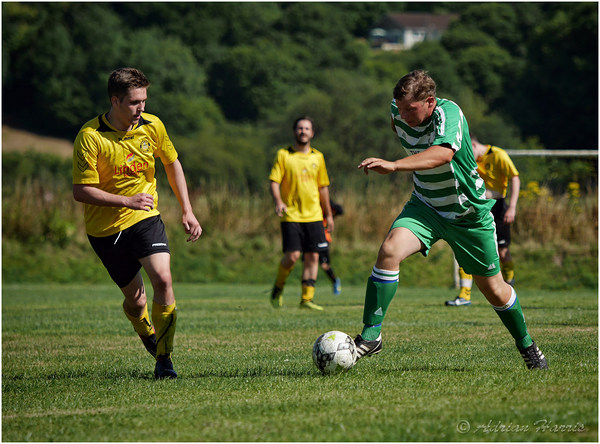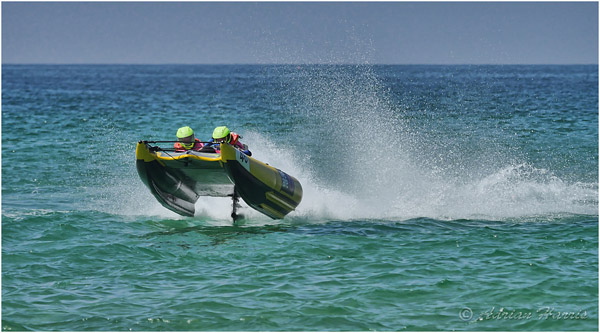 |
|
M4/3 System - Lens Evaluation Going Long with M4/3 - Olympus 40-150 F2.8 Pro (15th Nov 2016)
Lens Evaluation:
These are not scientific lens tests, they are 'practical use' tests performed to evaluate the lenses I have, so that I could learn their various strengths and weaknesses for use real world shooting situations. Note: Unless otherwise stated assume most of the images in this report originated as in-camera JPG's. Although I primarily purchased the Olympus 40-150 F2.8 Pro lens for low light action sport, along with its 1.4x matching teleconverter is does also have many other uses. And as I needed to get out for some fresh air over the weekend, I took the opportunity to sit at a nearby Exe estuary village in Devon and watched the tide go out while relaxing and snapping away. Fortunately I have also done some more serious practical shooting with this lens! I have always loved the Micro Four Thirds concept and for over two years now it has been my go-to system of choice in preference to my heavy DSLR setup. However one area where it has been weaker than other very expensive alternatives, was when the need for a fast shutter speed in low light was required when using a long lens. Even though the GX7 can produce 'adequate for print' ISO3200 images, until recently only very slow telephoto-zoom lenses were on offer. This meant that when trying to shoot indoor sport the shutter speed was often down around the 1/100 mark, which translated into very few 'keepers'. Fortunately all this has now changed, first with Panasonic bringing out their superb 35-100 F2.8, which is quite a stellar performer plus it is both small and light. Then Olympus hit back with their remarkable 40-150 F2.8 Pro. Both these lenses being 2-stops faster than any previous offerings I owned, meant that the need for both a faster shutter speed and being able to lower the ISO at the same time when in difficult lighting conditions, was now a possibility and this promise led me to purchase the Olympus 40-150 F2.8 Pro. Unlike Panasonic lenses, Olympus lenses do not have stabilisation, fortunately two years ago Panasonic produced their rangefinder styled GX7 with in-body stabilisation, which means that any lens attached to it will automatically be stabilised. General Handling: Before committing to purchase I couldn't hold or even see either of the two fast tele-zoom lenses on my shortlist, and because the whole point of me owning M4/3 was about weight and bulk, I was rather concerned about the size and weight of the Olympus 40-150 F2.8 Pro which is quite a large lump compared to the Panasonic 35-100 Pro. However in reality I had no choice as the Panasonic's max zoom of 100mm (an equivalent focal length of only 200mm in Full Frame terms) was just not long enough for my needs, and when compared to the Olympus topping out at the FF equivalent of 300mm, plus an optional matching 1.4x teleconverter bringing it up to 420mm in FF terms, it was the one I had to go for. ...And yes it is big and it is heavy (for M4/3), but interestingly whereas I thought it would unbalance the GX7 it does in fact do just the opposite. Handheld it balances superbly, I find I can hold this setup far steadier than with any of my other lenses attached and because it comes with a lens supported tripod mount, it is even better balanced than any other long M4/3 lens I own when mounted on a tripod. Also as the Olympus 1.4x teleconverter is so very small - adding almost no extra weight or bulk, - it means that the total package now covers the equivalent FF focal range of 80mm to 420mm which is very impressive for such a high quality setup. So in the end all my fears turned into a double win :o) Spill the beans, is it Sharp? Wow, it may have been expensive, but it has to be said, it is probably the sharpest piece of glass I have ever used. The test images below are of railings in front of a convenient local block of flats, which I use these to test 'edge-to-edge' sharpness across the frame. I was very impressed at the results of this full-zoom 150mm examination and performed the same Railings Test for the 40mm wide-angle end of the lens. And although the results were slightly worse at fast F settings, - which may not look great on a test chart, - in practical use for over a year now, I have never found it to be a problem. Lets put it this way, I am quite happy to stop down to F5.6 or more if I want a razor sharp edge-to edge landscape when using a telephoto lens! So how was the 40-150 Pro for Sports action? I enjoy photographing various action sports, some of which take place in very low light. So I was keen to seek out the benefits of a fast f2.8 zoom on S.W.A.T. (South West Angels of Terror) my local Roller Derby team. For those that have not tried, Roller Derby is particularly difficult to photograph. The halls are dimly lit and often with those horrendous orange lights, or even worse flickering LED's. The action is erratic and fairly unpredictable, hence fast focusing is essential. And you are allowed to sit up real close in the 'suicide seats', which means you are constantly going from min to max zoom as the teams battle on skates around the tight oval circuit. And what about motor sport? Having a fast Pro lens attached for motorsport was a real treat, as it snapped into focus so much faster than all my other kit lenses and my Olympus 75-300 Mk2. Other Sports and Action? I have given this lens quite a hammering over the past year and every time it impressed me so much, that I have ended up spending lots of my hard earned savings on more fast 'pro' lenses. What's the Zoom Reach Like - Adrian's Comparator? Well the comparison table shown below may seem a bit of a peculiar or extreme test at first, but when it comes to needing a very long zoom. For me it usually means trying to photograph a bird which is much to far away. So anything I can do to increase that magnification and still retain reasonable image quality is a bonus. Currently my normal lens when birding is the excellent Olympus 75-300 Mk2. However I recently discovered that my old Raynox 2.2x add-on teleconverter can produce very reasonable results when ultra-long zoom reach is needed. But the resulting image does require some post processing to correct for CA (chromatic aberration) and then it is only good for the middle of the frame. But hey, when birds are too far away, that is all you need and I thought you might like to see the results for yourself. Why have I done the following test when I am meant to evaluating the Olympus 40-150 pro? I was so impressed with the sharpness of the Olympus 40-150 F2.8 Pro even when the 1.4x teleconverter was attached, that I wanted to see if when scaled up it would the image quality match or exceed what I can achieve with my existing - albeit much slower - long tele lenses. Comparison Table Test Conditions: Late UK summer afternoon, variable
lighting. Camera used Panasonic GX7 with in body stabilisation 'on' and
using the fully 'electronic shutter' option, which eliminates any
possibility of inducing 'shutter shock'. It must also be noted that with all these tests the camera was being used handheld, yes even those taken at 1100mm (so for those who said the GX7's in-body stabilisation isn't very good, I can only assume they have never tried using one properly?). For the Comparison Table further below, the photographer (me) was sat down, bracing one arm against chest and steadying the lens holding arm by placing elbow upon knee. Controlling breathing then selecting the best photo from each of a few attempts just to make sure there was not an accidental 'duff' sample shot included. Notes: A) For all the lens combinations in the comparator table above, the focal lengths quoted are the approximate 35mm film full frame equivalents. IE. If the M4/3 lens is set on 100mm, then I have quoted the FF equiv. = 200mm.) B) The accuracy of these tests could have been improved slightly by using a single point focus to eliminate the possibility of any minor variations caused, although this would have probably only affected the narrower depth of focus images obtained when using the Olympus 40-150 Pro at F2.8 and the Olympus 75-300 when the Raynox2020 x2 converter was attached. C) Although the Raynox 2.2x converter was only taken along for fun (assuming that because it can not be tripod mounted it is really not a very practical setup trying to shoot handheld at 1100mm) I soon realised that if the light was good enough to allow stopping down a little, the images obtained with it started to sharpen up quite nicely. However the chromatic aberrations produced at the edges of the image with this combination are quite a problem and need processing out. D) The reason that many of the photos taken using the Olympus 75-300 were around the 500mm mark as opposed to its maximum of of 600mm, was due to previous experience informing me that the lens appears to soften above an indicated 250 on the lens barrel, thus providing very little if any benefit and today I was trying to find what works best for me. E) Some may enquire why the Full Frame focal lengths chosen for the tests appear 'unusual'. Well I have to admit something did actually catch me by surprise during these tests. These were Olympus lenses on a Panasonic GX7 body and I fully expected that due to M4/3 cameras native x2 crop factor, that the reported Full Frame EXIF data for these lenses would be exactly double the marking and 'real' focal length. Well the big surprise for me was that the reported FF data from my Olympus and some Panasonic Telephoto lenses when fitted to the GX7 appear to be always around 3% longer than x2, weird or what ! CONCLUSION This is by far the sharpest lens in my camera bag, it is built well, handles beautifully and focuses ridiculously fast, ...especially on my Panasonic GX8. I have given this lens quite a hammering over the past year and every time it impressed me so much. So much so that I have now ended up spending lots of my hard earned savings on a few more fast 'pro' lenses. It is expensive, but its optical quality, focus speed, and handling, is exceptional beyond any doubt. If your working subject distance is within this lens zoom range 40-150mm (FF80-300mm) or 56-210mm (FF112-420mm) with the matching teleconverter, you will nail the shot. For action sport when I need a fast zoom this lens is my go-to lens. It is also easier to balance and hold steady than Panasonics superb little 35-100 F2.8 Pro, which tends to feel a little bit to small and light for my action sport needs, - Though I prefer the Panasonic when I require a 'carry around all day' high quality short telephoto lens. Currently in M43, if you have a stabilised camera body, and require a mid to long zoom, the Olympus 40-150 F2.8 Pro is without equal. ... With other lenses you may get the shot, but with this lens you won't miss it! My previous
full test of the Olympus 75-300 Mk2 with example photos can be found
HERE. Article © Adrian Harris
|
 |
